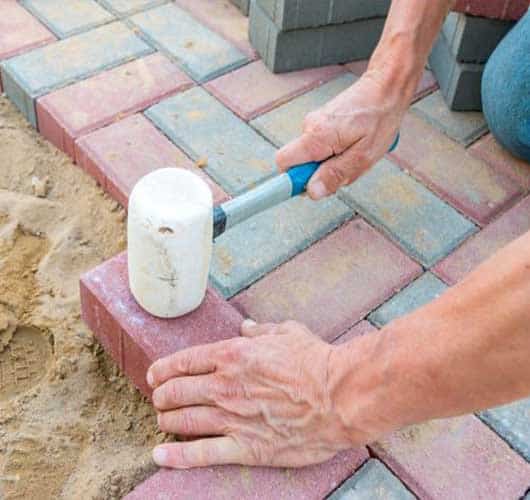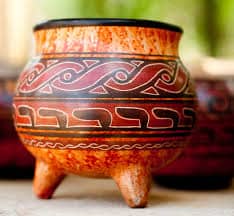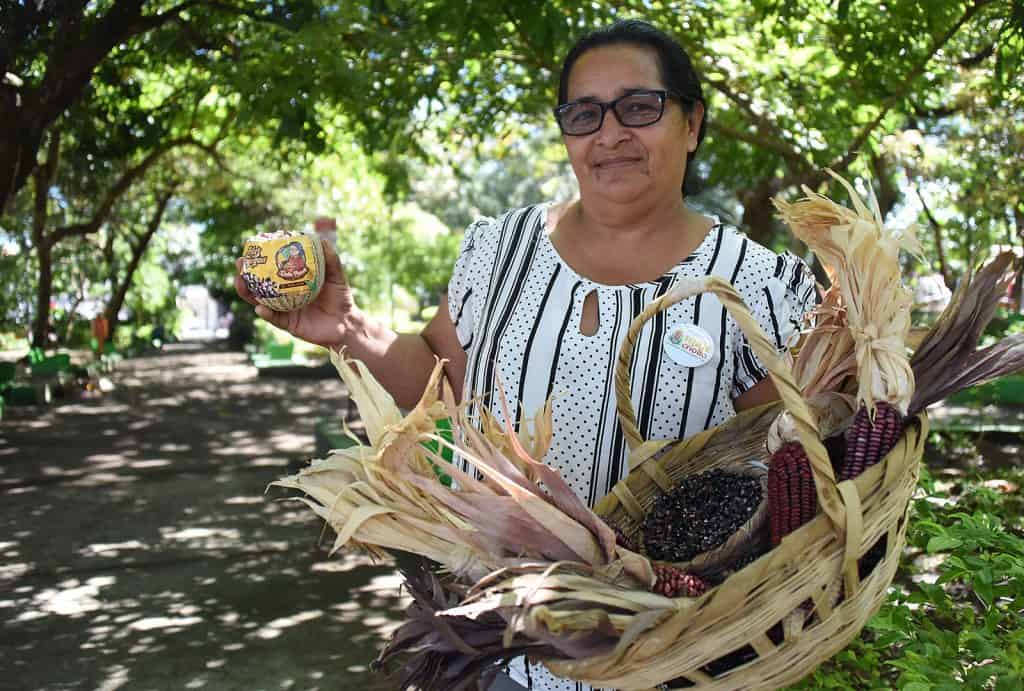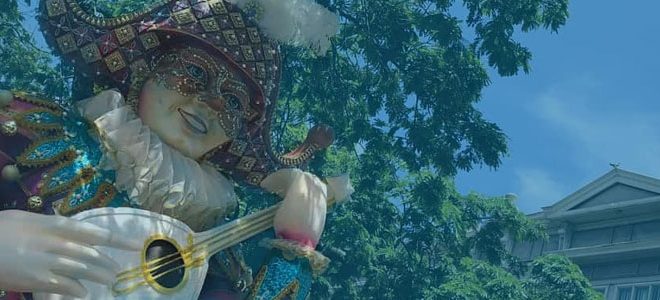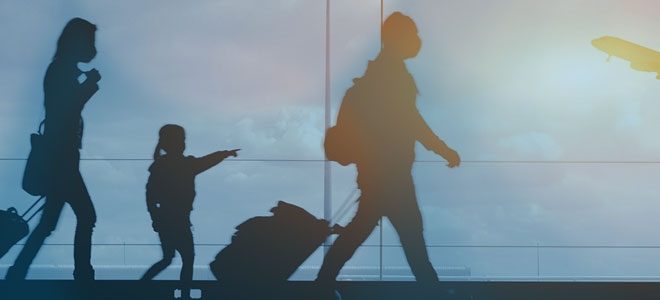Nicoya, Guanacaste: The Central American Blue Zone
“Blue Zone” is a relatively new term, which was coined by National Geographic fellow Dan Buettner in his cover story "The Secrets of a Long Life" in 2005. The Blue Zone principle was developed based on demographic studies by Michel Poulain and Gianni Pes, which you can find in the Journal of Experimental Gerontology.
In their studies, they would map areas using blue circles associated with geographies, where people lived a longer and happier life. These areas are located in the Nuoro province of Sardinia, Italy, which held the “highest concentration of male Centenarians.”
Buettner took their work from Sardinia and expanded on it, finding four similar areas within Okinawa, Japan; Seventh-day Adventists in Loma Linda, California; Icaria, Greece; and Nicoya, Costa Rica. These combined studies birthed the 5 Blue Zones.

What makes a place a Blue Zone?
Inhabitants of these Blue Zones have many lifestyle characteristics in common. Okinawa, Loma Linda, and Sardina are highlighted as having related gene pools that live in isolated areas.
These three also share the following:
- Non-smokers
- Constant movement within their lifestyle choices: working the land, sports activity, walking everywhere, etc.
- Community integration and social engagement
- Their diet is 85% plant-based vs. meat
- Family first
- Consume a high level of legumes
In the book, The Blue Zones: Lessons for Living Longer From the People Who've Lived the Longest, Buettner gives an outline of 9 shared characteristics associates with those living in all Blue Zones:
- Life purpose
- Moderate, regular physical activity.
- Moderate caloric intake
- Plant-based diet.
- Low Stress
- Faith-based engagement.
- Moderate alcohol intake (wine).
- Social Engagement
- Close Family ties
But what makes an area a true Blue Zone is, it carries “the highest proportions of people who reach age 100.”
Within his Blue Zone demographic studies, Buettner found himself spending time on the Nicoya Peninsula in Guanacaste. He highlights their Pura Vida lifestyle, close family ties, and their diet to be the main driving factors to their longevity and happiness. Not to mention, most of those that are living long have gained a real understanding of what makes them happy in life.
Nicoya: The Happiest Place in Latin America
Costa Rica, in general, is way ahead of its surrounding countries, even offering health care above US standards and far ahead economically by leaps and bounds. But what makes Nicoya so unique?
Centenarians here call their happiness the “plan de vida” -- their reason for living. They also give credit to their close family ties and secure community connections when discussing their happiness and longevity.
Tocos living their best life with the people they love has given Nicoya a smile that lasts longer than any Latin American country, and only four other countries in the world can relate.
Is Knowing Your Purpose the Key to Happiness?
According to Harvard, those who know and live according to what brings them joy and know what their purpose is extending their lives, and they have less stress. Because they know what makes them happy, it allows them to surround themselves with the people and things that enhance that happy.
This is because individuals who understand what brings them joy and happiness tend to have what we like to call the Right Outlook. They engulf in activities and communities that allow them to immerse themselves in a rewarding and gratifying environment.
The Key is Happy from the inside out
Hard water, Three sisters crops, and manual labor are also accredited to keeping the bones healthy and the people cruisin’ well above the comfortable age of most as well as a little Vitamin D and a lot of love.
The Three Sisters diet of Squash, corn, and beans, is a very traditional crop cycle shared among the indigenous across the continents. Nicoyans mix this with their already highly influenced plant diet. These crops are enjoyed and grown on the regular, and meat is more the side dish to the rice versus the typical western diet.
The water is heavy with calcium and, in rural areas, comes straight from the mountain. Nicoya is pretty rustic, but right outside, you’ll find pockets of some of the freshest water in the country, tapped directly from the mountains.
The Blue Zone theory shares a lot of insight into what is about eating habits that make these cultures happier and more lively. It helps prove that you are what you put in.
Roots that Ground the Culture
Most Nicoyans thrive off their Chorotega roots. An indigenous culture that, although lost in language, holds steady through traditional farming and protection of the naturaleza. The Chorotega Culture originated in Mexico and migrated through Nicaragua and settled here, in Nicoya.
Over the years, the purity has dwindled, but the core beliefs of nurturing nature and staying healthy by moving with that nature are still reflected today in the way they live. This life also stabilizes that stress-free mentality and is at the core of everything they practice, knowing that they are happy with what they got as long as they have each other.
Pura Vida es Zona Azul
If you haven’t had a chance to get to Guanacaste and see what makes the Nicoya Peninsula such a wonderfully lively place, even among the older population, you should probably start planning. The beaches, lush vegetation, and happy people are at the top of many reasons this area is visited by millions every year.
It can be a challenge to get around during certain times of the year, so link into the InCostaRica app to and do some planning and mapping on what would be the best time. Connect with business to link up with on your adventure as well.
Although very rural, the locals are welcoming and offer plenty of adventure. They also like to share their stories and history, and laughter echos through the palms. Nicoya shouldn’t be missed, and you may feel a bit younger if you choose to chill with some of the Abuelos that make this place shine.



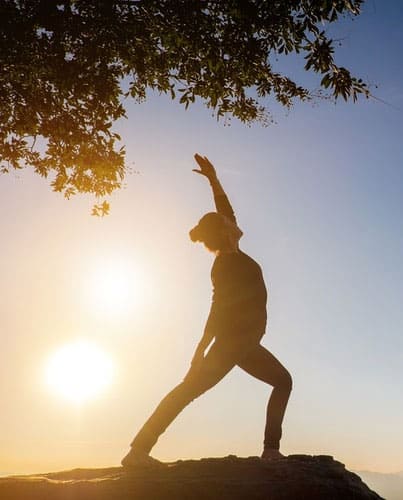

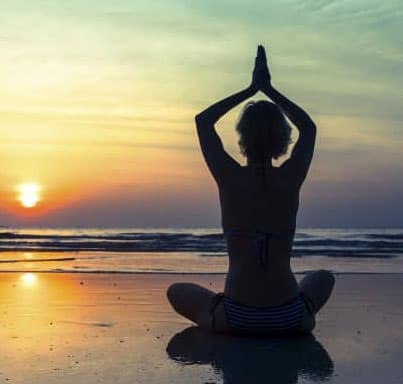

 Get More Out of Costa Rica
Get More Out of Costa Rica